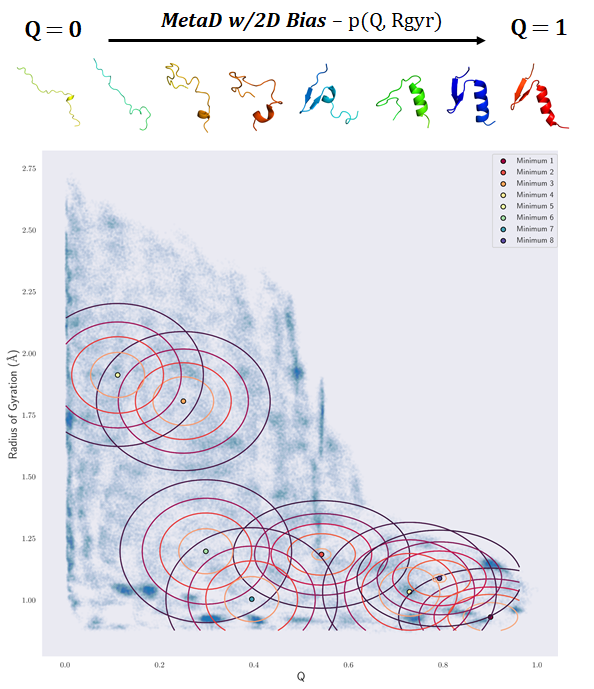

The exponential advance in the power and accessibility of computers has irreversibly changed our approach to drug discovery - Traditional approaches to drug screening, that required months of careful labwork and trial-and-error, can now be recreated in silico in a matter of hours and performed on a much larger scale. The scope of development for new therapeutics has now dwarfed past explorations, allowing us to develop therapeutics more rapidly and effectively for a given target.As progress is made in developing high-throughput virtual screening algorithms, an increasing attention is being placed now upon the dynamics of candidate drug molecules in and around target protein or receptor sites. The dynamical implications of receptor-drug binding continue to be an elusive factor that will very commonly impede progress towards a viable candidate ligand if neglected. Accounting for dynamics of the target protein and the candidate drug molecule is also a technical challenge, as the average timescale of binding processes of many drugs exceeds the timescale considered feasible upon most high performance computing platforms using standard molecular dynamics (MD) engines.My project is centred around the development of new methods for simulating drug-binding dynamics that can be incorporated into modern workflows for drug discovery. Various approaches have been taken to perform enhanced sampling of protein-drug binding in silico, the most notable and successful among those are the umbrella sampling and metadynamics (MetaD) methods. Both methods leverage chemical information about the system to build a bias for MD simulations. This bias will expedite the sampling of the drug binding process in a way that allows for the unbiased statistics of the methods to be easily recovered via reweighting and thus for free energy calculations to be performed, thus affording effective sampling and quantitative analysis of drug efficacy vs other drug molecules in a virtual screen.A fundamental limitation of enhanced sampling methods has been the selection of information to construct the bias, as the defined information space must describe all intermediate states for sampling and contain all the dynamical degrees of freedom of interest. Better understanding of the nature of protein conformational dynamics for a biophysical perspective has allowed for a more directed approach to studying the dynamics of ligand-site binding, and my work involves leveraging this new understanding to optimise both the information space and the form of the bias used in enhanced sampling. These approaches include the combined use of MetaD and directed umbrella sampling for improved convergence of the binding free energy surface as well as defining sampling and biasing in internal coordinate models to perform more selective enhanced sampling.